Since its start, “The Bear” has been lauded by restaurant workers for its realistic portrayal of kitchen chaos.
The show relays how frenetic back-of-house operations can get, often through the sensory overload created by the Emmy-winning sound team: shouting voices, objects slamming onto countertops, food sizzling on stovetops.
Most recently, Season 4 (released June 25) serves up some of that typical, immersive kitchen soundscape, except on a more mellowed level than usual. As Carmy (Jeremy Allen White), Sydney (Ayo Edebiri), Richie (Ebon Moss-Bachrach) and the rest of the staff try to push The Bear restaurant onto an upward trajectory, the sounds are less abrasive. “It’s still chaotic, but it’s less shouting and it’s more measured. There’s like a metronome, a beat to the whole thing,” Steve “Major” Giammaria, supervising sound editor and re-recording mixer, tells Variety.
Giammaria says Season 4 features “horizontal sounds,” like “simmering and bubbling and dishwashing.” Background noise is less in-your-face. “If they’re in the office, it’s Sugar and Richie talking about something in the office, it’s maybe not as chaotic outside the door as it would have been in Season 3 or especially Season Two during construction,” he says.
Compare that to Season 3’s “vertical sounds,” which is what Giammaria calls percussive noises such as “forks clinking, pots clanging.”
But this season still contains fast-paced montages that can elevate your blood pressure. Take, for example, the montage in the first episode when The Bear staff begin their attempt to speed up operations in order to keep their restaurant functioning as efficiently as possible — and financially above water.
“The structure of that comes from the picture department, because obviously, we have to follow the picture,” Giammaria says. “We have a conversation of like, ‘Okay, are we in hyperreal, stylized mode, or is somebody just setting down a cutting board?’”
The sound team has anxiety-heightening tricks. “Whether it’s some repetitive sound that starts speeding up, like some chopping or whatever. Just adding, adding, adding, adding,” Giammaria says. “Usually, with those scenes, there’s tensions building, building, building, and then something happens. A plate crashes, or whatever. So it’s all about tension and release there in terms of number of sounds, volume of sounds, abrasiveness of sounds.”
The Episode 1 montage progresses to a point when Marcus (Lionel Boyce) slides a tray across the counter, which pushes a plate over the edge — spiking viewers’ stress — until Tina (Liza Colón-Zayas) catches it.
The team also intensifies peripheral noise. “Everything’s getting louder. Everything’s getting more reverb, less reverb, just some sort of change that builds up over time that you don’t necessarily realize,” Giammaria says.
Of course, the dialogue is a huge part of the show since the characters come into frequent conflict with one another.
Production mixer Scott D. Smith captures those exchanges on set. “It’s pretty much about as chaotic as you see it on screen. We seldom rehearse. If we do rehearse, it’s more blocking rehearsals than it is dialogue. We almost never do a dialogue rehearsal, and if we do…they’re just running off the lines. It’s nowhere near the level that they’d actually be doing when we film,” Smith says.
Smith says that by Season 3, the team learned to anticipate actors’ patterns during these fraught scenes. “We know that that Ebon [Moss-Bachrach] might start out soft, but then get very loud. So we try to accommodate that,” he says. “The dialogue overlaps are not particularly challenging for us, but they’re really challenging for post,” he adds.
Those overlapping conversations go to dialogue editor Evan Benjamin to be cleaned up. “Scott records all this stuff beautifully, but you’re left with a ton of data. There’s a lot of microphones. Every actor has a microphone. There’s booms, there’s multiple booms,” Benjamin says.
The goal is to “make it sound like it was all shot with somebody’s phone all in one take,” Benjamin says. “Because it’s cut take to take to take, and because of what they’re doing and they’re shouting over each other, or the rhythm is so quick that it’s by its nature, when you get it, it’s very jagged sounding. And we’re trying to make it sound like it all happened at once.”
The sound team tries to avoid the actors having to re-record dialogue, according to Benjamin.
One of Giammaria’s favorite sound moments from this season doesn’t involve any loud clashes. In Episode 5, Carmy tries one of Marcus’s new desserts. It’s a delicate green pudding with some crispy textures on top, presented in a scalloped white bowl. And in a delightful reveal, Marcus uses a spoon to fracture the bowl, showing that it’s also edible.
Putting that scene together involved working with a foley team at Alchemy. Assistant sound editor Craig LoGiudice recorded the breaking of chocolate bars.
“There’s probably about 10 or 15 layers to just that simple crunch of that thing going through that first initial bite, and then when he cracks open the surprise of the bowl, that the bowl is edible too. Those are the kind of things I really like digging into because you want to make sure all those layers are specific,” Giammaria says.
“It sounds delicious,” he adds. “It sounds fancy.”
As sets are bustling and noisy places, the team typically isn’t able to incorporate actual cooking sounds from set into the sound design. At most, the on-set recorded material might be used for reference to check what something should sound like.
“What you’re actually hearing when you watch TV has nothing to do with what actually was recorded on set,” Benjamin says.
And it was a battle to get the kitchen set up exactly the way the sound team needed.
“Since that’s a working kitchen on set that they built with working stoves and everything, it was a big issue to try and actually make that functional and still get dialogue. A lot of discussions with the HVAC people, the studio, because they had to punch a hole in the top of the stage to exhaust it. A lot of effort went into that just so that we could try and get some usable dialogue hopefully during the scenes that they’re actually doing cooking in,” Smith says.
Even scenes with a lot of silence prove to be difficult for the artisans. “They’re paradoxically harder,” Benjamin says. He names an emotional discussion between Carmy and Donna toward the end of this season as an example: “It’s just a hard scene for some reason because they’re both moving around a lot, they’re both using props a lot.” There’s also a tense conversation with Carmy and Bob Odenkirk’s Uncle Lee. “Carmy has this gum wrapper thing that he can’t stop playing with,” Benjamin notes.
That’s a key process in itself: choosing which sounds to keep and get rid of. Each sound contains an “emotional valence,” Benjamin says. “Everything means something, and it might mean something that you don’t want,” he explains. “Each one of those decisions is a tiny decision, but I feel like when you add them all up, you’re changing the emotional content of a scene in one way or another.”
The precision that goes into creating the show’s atmosphere is likely why it’s able to get such a visceral reaction from people, including those who have worked in restaurants.
“I’ve had other people tell me that it’s just an unbelievably stressful environment and that the show captures it pretty perfectly,” Benjamin says.

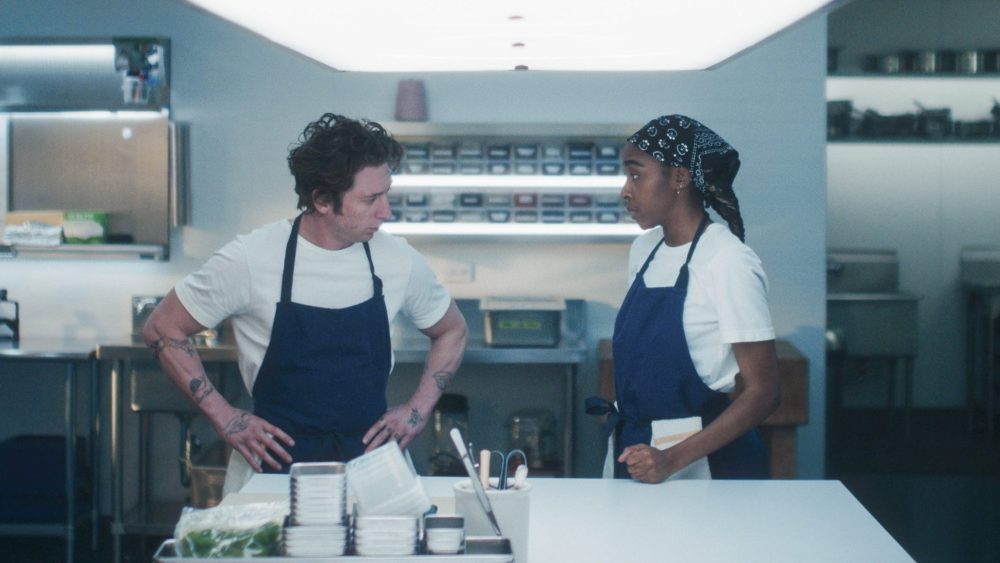
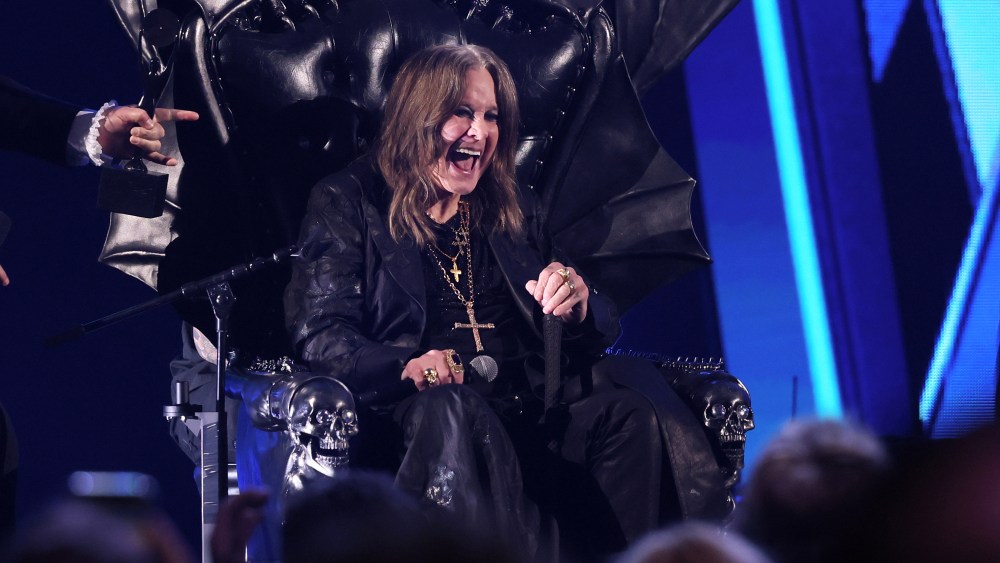


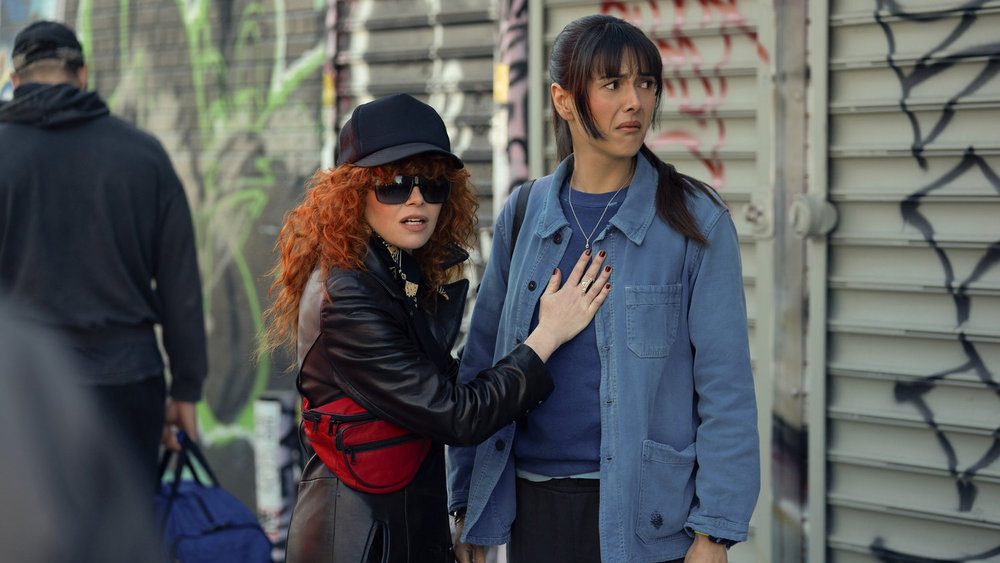



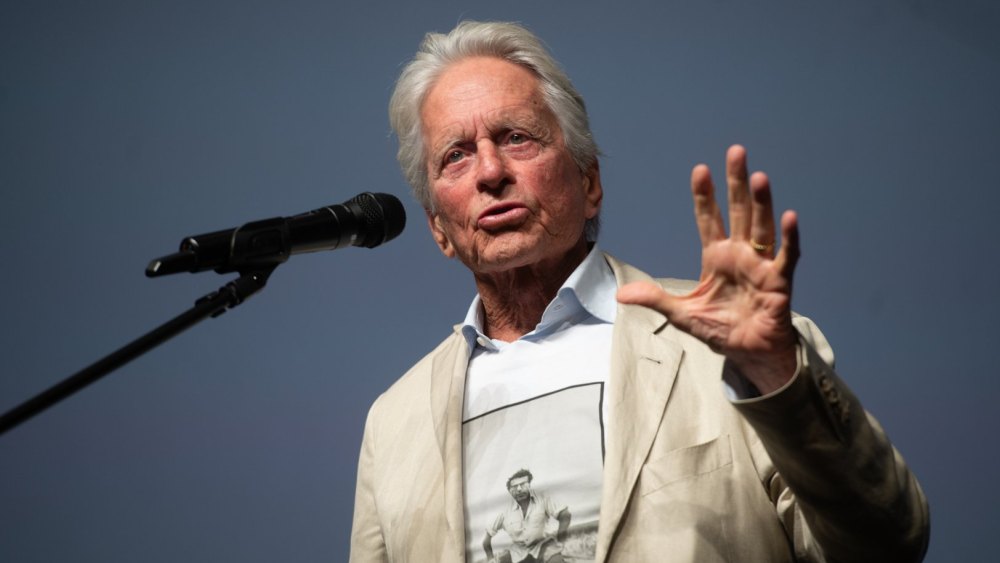


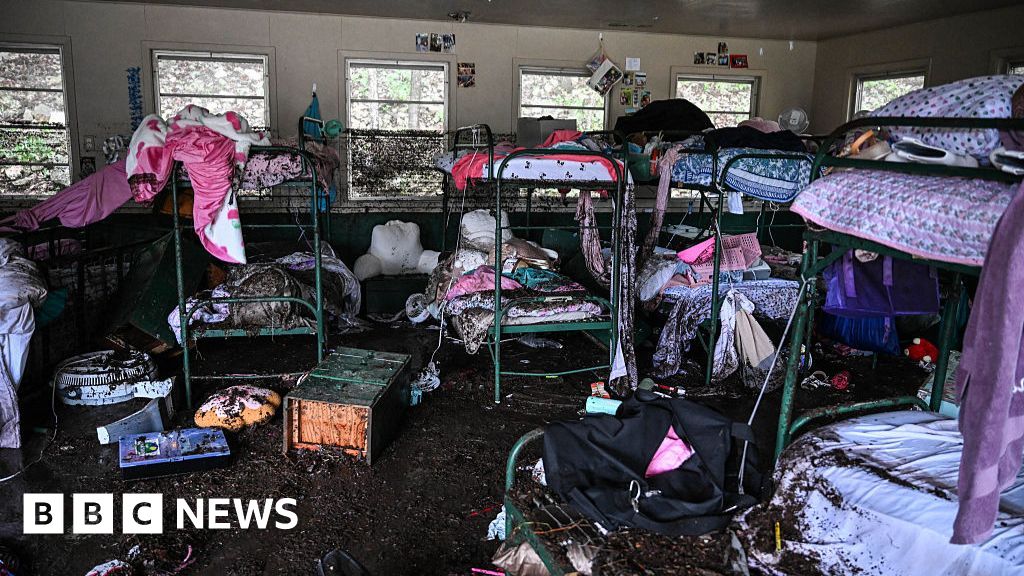


Leave a Reply